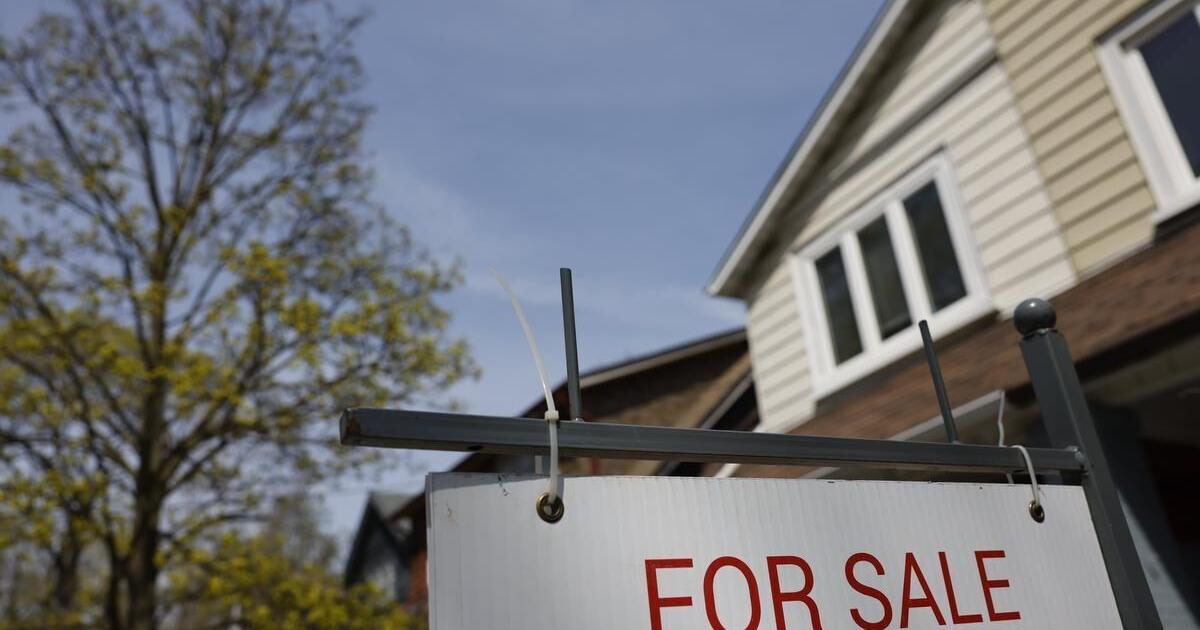The Canada-U.S. rivalry goes beyond sports: For years Americans have had the luxury of a 30-year fixed-rate mortgage, an option almost unheard of in Canada.
Why is that?
Thirty-year fixed-rate mortgages are standard in the U.S., allowing homeowners south of the border the option to lock in the interest rate on their mortgage for a full 30-year term.
And while some Canadian lenders do offer fixed-rate terms for as long as 25 years, they come at a much higher interest rate. More common in Canada is the five-year fixed-rate mortgage based on a maximum 25-year amortization rate.
Canadians are more likely to find longer fixed-rate mortgage terms of up to 10 years. One of the biggest reasons longer-term fixed-rate mortgages are less common in Canada is that the Canada Mortgage and Housing Corporation, or CMHC, will only insure your mortgage if you have no longer than a 25-year amortization period, meaning the total life of your mortgage cannot exceed 25 years.
Fixed-rate mortgages in Canada typically have terms between one to five years, says Andrew Thacke, a mortgage broker based in Ottawa. “When you do cross over the five-year mark, you have to then really commit for a long period of time.”
“A lot of people may want that extra five years of rate guarantee,” says James Laird, president of CanWise Financial and co-founder of financial comparison site Ratehub.ca. “The benefit of a longer term is that it takes away your interest-rate risk.”
For instance, as of April 27, the Bank of Montreal offered a six-year fixed-rate mortgage at 5.24 per cent, and a 10-year fixed-rate mortgage at 5.58 per cent. That’s compared with a five-year fixed rate of 5.54 per cent.
On the flip side, that could be concerning for some homeowners. Thacke says rates usually jump substantially when you start looking at fixed-rate terms longer than five years.
“As soon as you get over five years, the rates usually are really big, so that kind of takes away any desire for that.”
In other words, longer terms can provide you with rate and payment stability, but typically at a higher cost. This rings even more true in a high-interest-rate environment.
Another downside to longer terms, such as seven or 10 years, is that you may face a penalty if you sell your home within the first five years of your term if you have a fixed rate, according to the Government of Canada website.
The only way you can arrange a 30-year fixed-rate term, if you can find a lender willing to do that, is if you have a “low-ratio mortgage,” according to Ratehub.ca, meaning you’ve put at least a 20 per cent downpayment on a property to avoid being under CMHC insurance rules.
Srivindhya Kolluru is a Toronto-based freelance journalist who writes about business and finance.

